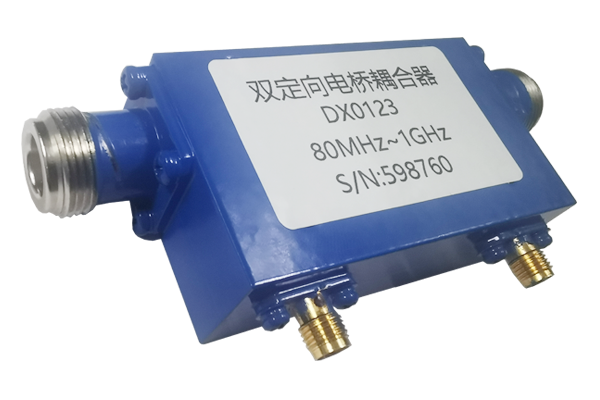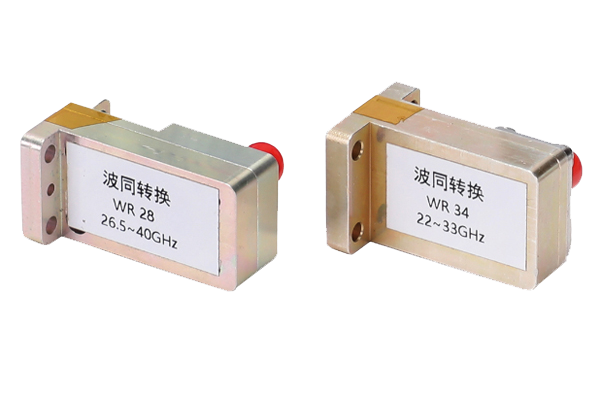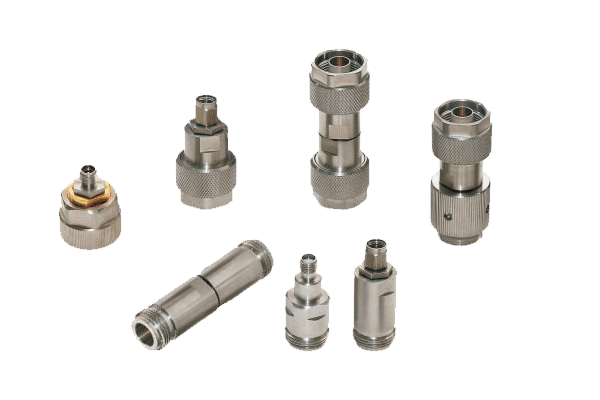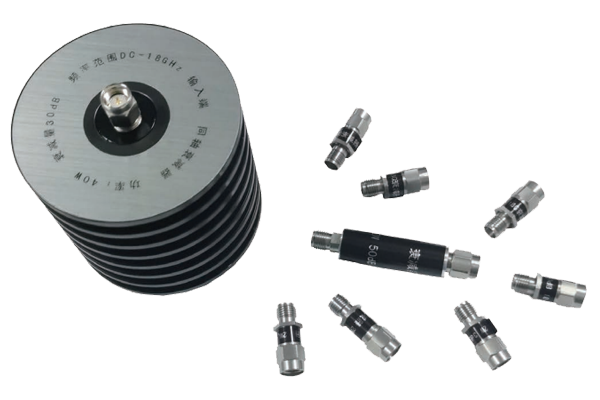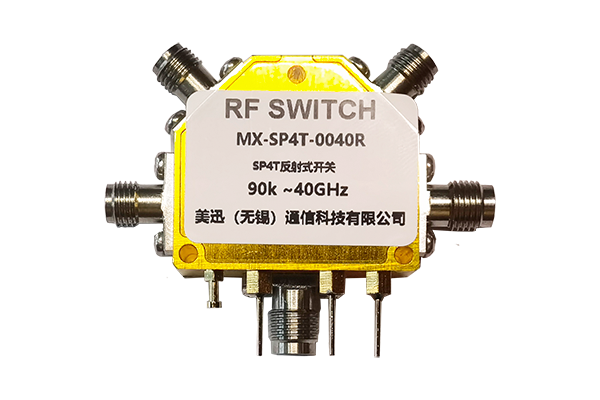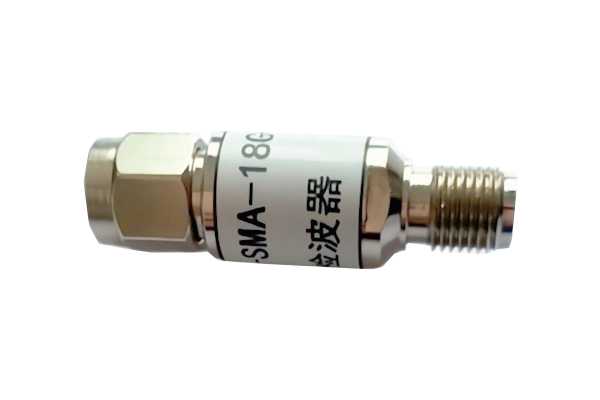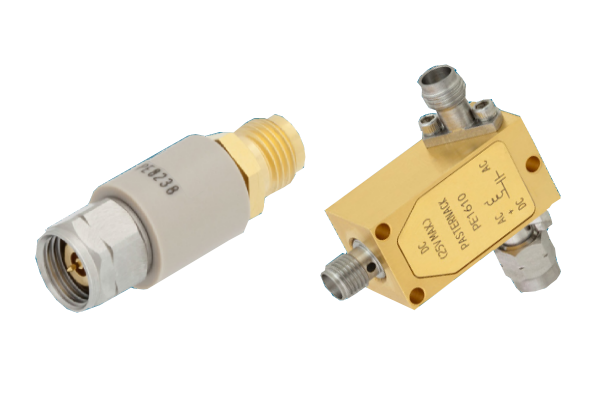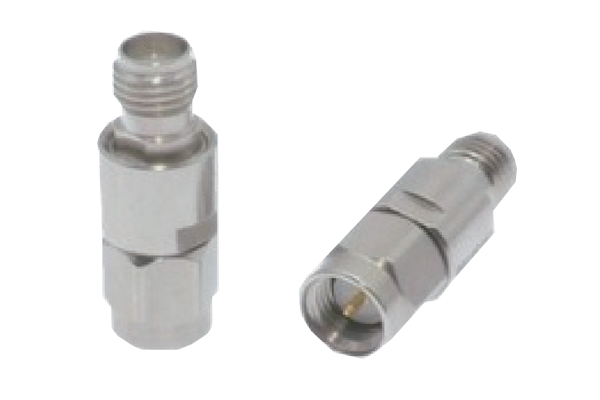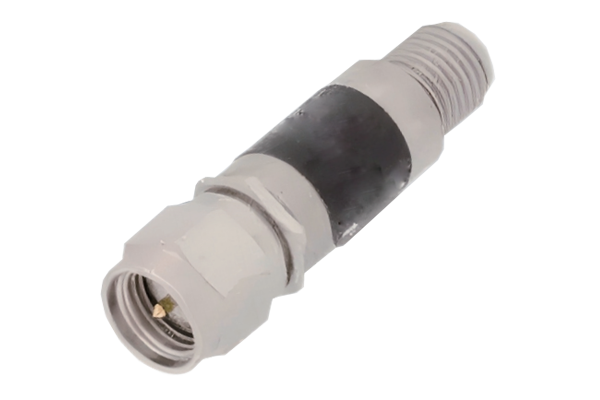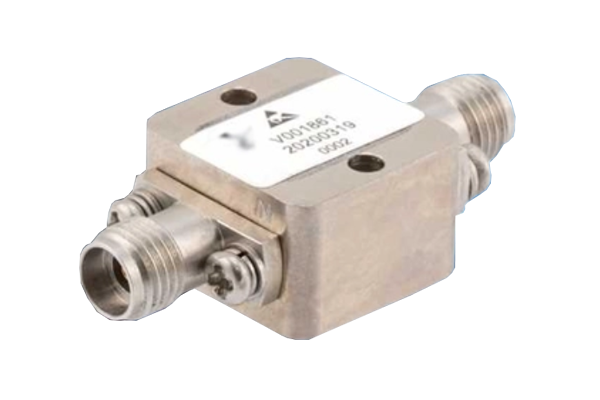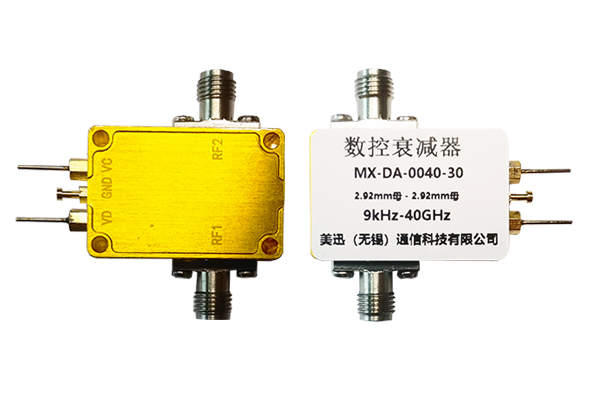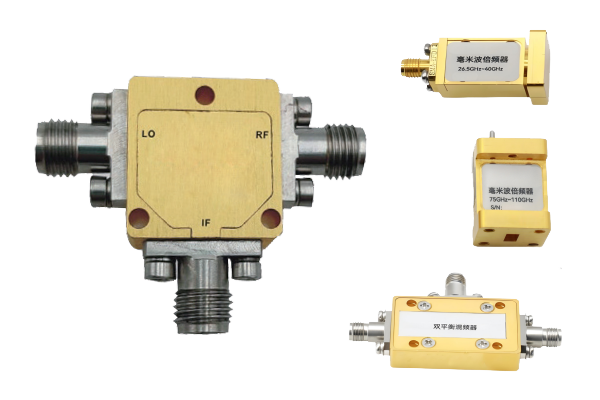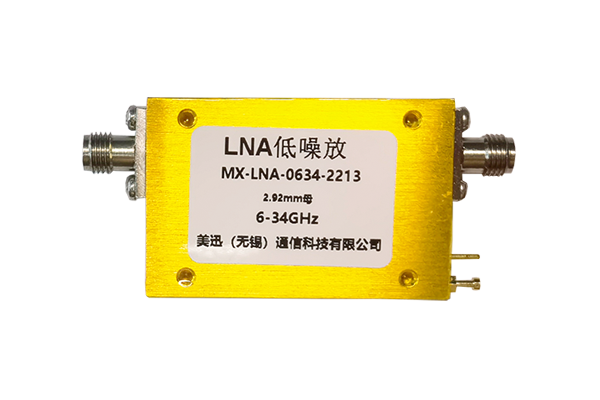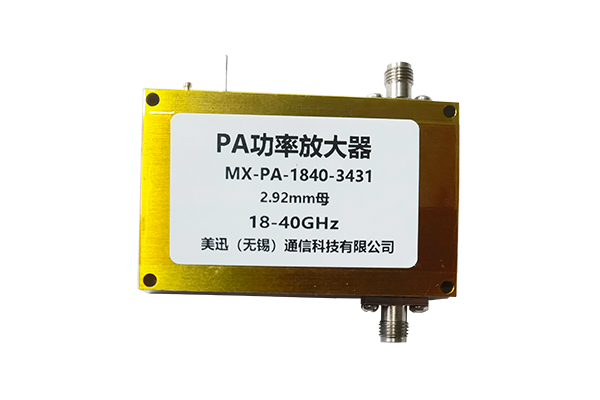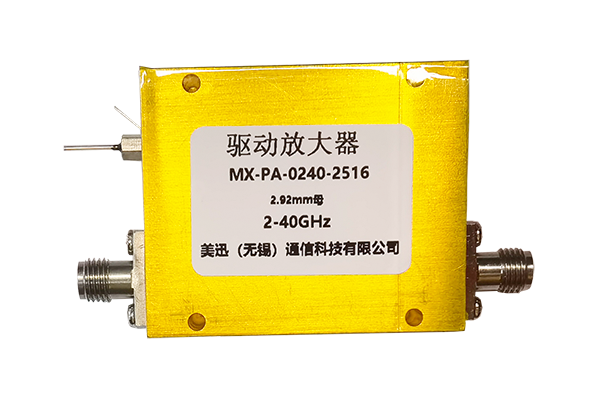How to determine whether the Coaxial Switch is faulty
1. Appearance inspection
Check whether the shell of the Coaxial Switch is obviously damaged, deformed or cracked, which may affect the stability and sealing of its internal structure.
Check whether the connection port has signs of looseness, oxidation or damage, such as whether the metal part of the port has discoloration or wear, which may cause poor signal transmission
2. Electrical performance test
Insertion loss test: Use equipment such as a network analyzer to measure the insertion loss of the signal when it passes through the Coaxial Switch. If the insertion loss is significantly greater than the value in the specification, it may mean that there are problems such as poor contact and increased transmission line loss inside the switch.
Return loss test: Use a network analyzer to detect the return loss. If the return loss value is abnormal, it means that the switch may have impedance mismatch, such as damage to internal components or poor connection, resulting in increased signal reflection.
Isolation test: Measure the isolation between different channels. If the isolation decreases, it may be that the isolation structure of the switch is faulty, causing crosstalk between different channels.
3. Functional test
Switching function test: Perform multiple switching operations on the Coaxial Switch through the control signal to observe whether it can switch between different channels accurately and timely. If there is a switching error, delay or inability to switch, it means that there may be a problem with the control circuit or mechanical structure of the switch (for mechanical switches).
Signal transmission test: When the switch is in different states, check whether the signal can be transmitted normally through the corresponding channel, and whether there is any signal interruption, distortion or excessive attenuation.
4. Environmental adaptability test
Temperature test: Place the Coaxial Switch in different temperature environments to observe whether its performance is affected. If a fault occurs under high or low temperature conditions, but is normal at room temperature, it may be that the thermal stability of the switch is poor.
Humidity test: After being placed in a high humidity environment for a period of time, check the performance of the switch. If a fault occurs, it may be that the moisture-proof performance of the switch is poor, causing the internal components to be damaged by moisture.






